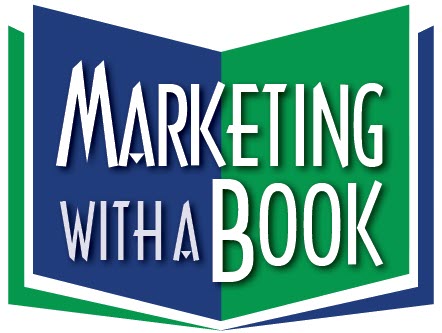Let’s say you’re watching the news. Ever wonder why certain professionals are constantly in the public eye?
In today’s business world, media relations are not a luxury, but a necessity. That is the view of a great book by Anthony Mora titled Spin to Win. He advocates consistently placing stories about your business in magazines and newspapers, as well as on the radio, TV and the Internet.
“We live in the communication age,” says Mora. “If you hope to succeed, you need to communicate your message to the media.”
You can begin by understanding the importance of promoting yourself. If you believe what you do is important, then it is of equal importance to let others know about it. If you don’t, you are not serving your business, yourself, or the public.
“What good is it to offer a quality service, if no one is ever going to know it exists?” says Mora. “You may be an expert at what you do, but if it is not in some way brought to the attention of others, your career or business will assuredly fail.”
Find Your Media Hook
Next comes your message. Coming up with a superb message for your professional service firm is simple, but not easy. What is it that you offer that makes you special? Why should your clients or patients come to you instead of your competitor down the block?
“Find your media hook. What makes you unique?” asks Mora. “Distill your message. Be clear and concise. The name of the game is communications.”
Mora knows of what he speaks from experience. He began his media career as a freelance writer for such publications as Us, Rolling Stone and served as the editor-in-chief of Impression and Excel magazines. Since 1990 he has run his own Los Angeles-based media relations firm, Anthony Mora Communications Inc.
According to Mora, two or three people can run the exact same business — whether it is an accounting practice, a law firm, custom software company or group of management consultants — and the message behind each of these businesses can be completely different for each one.
“It is vitally important to understand your message, what you are trying to say, and what you are trying to communicate to your prospective clients,” says Mora. “When approaching the media, less is truly more”
The book advises you to take a few minutes and write a description of your message and what you want to get across to prospective clients. Think of it as a brief mission statement that helps define you and your business. If you are a professional in a larger firm, this can be how you define your practice specialty area. Doing this brief exercise, says Mora, can help give you a clear vision of what you accomplish.
This isn’t easy and the answers aren’t always obvious. It may take time for some soul searching,” adds Mora. “It is important that your audience, clients or patients realize that your are not just selling a service, but they understand the message behind it.”
While the list is endless, here are some actual examples of distinctive messages:
- A construction company that offers doctors and dentists superior quality tenant improvements and better service than the competition.
- A management consulting firm that helps companies accelerate business performance by improving the execution of strategic initiatives.
- A national law firm that exclusively represents management in labor and employment matters.
- A CPA firm that specializes in audits and reviewed financial statements for closely held companies.
- A physician who offers patients traditional and alternative medical treatments.
- A sales training firm that rejects traditional methods in favor of a trust-building common sense selling approach.
Your list may be more specific that these examples, but it need not be. Once you begin to understand what your basic message is, you can begin to refine it.
“But that’s just your starting point,” says Mora. “Now you need to explain your message in a way that will interest the media and the public. How do you give better service? What do you offer that the competition doesn’t? What unique services or benefits do you offer?”
What makes media placement effective, concludes Mora, is when it tells a story that educates the public on a particular topic that they otherwise wouldn’t be able to access. Combine that with your message and you’ll no longer simply watch the news, you’ll be the news.
Is there such a thing as free publicity? The old adage says: “The sun comes up, and the sun goes down, and nothing else is free.” There is a price to be paid for media coverage — you need to work on being newsworthy.
To be newsworthy, you must identify with the needs, wants, concerns and interests of your potential clients. Many professionals, entrepreneurs and IT consultants know that publicity is a cost-effective marketing method, but many miss the opportunity to garner “free” media attention because they don’t know how to generate news coverage – or how easy it is to do.
